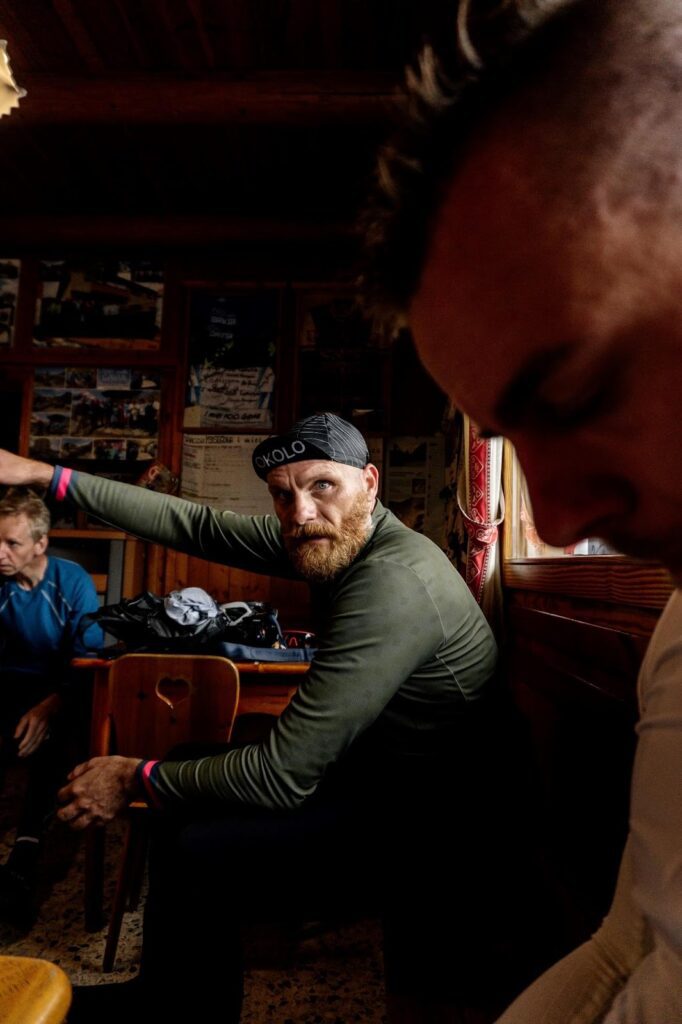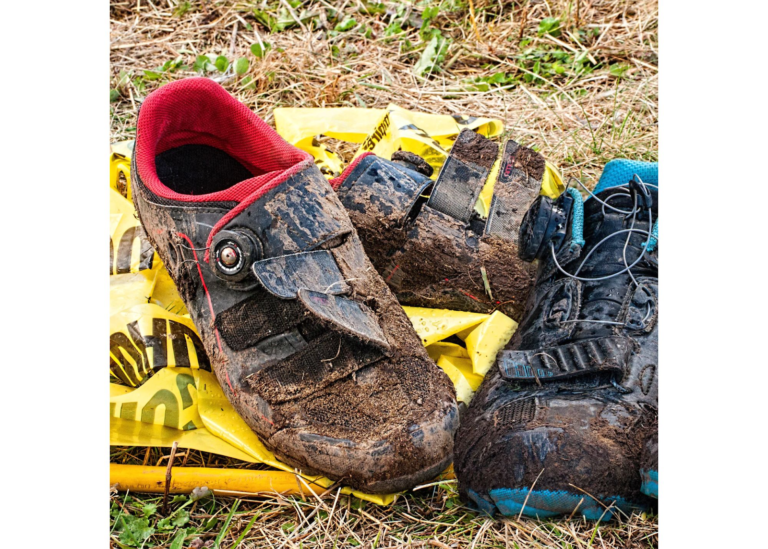Why Wear a Cycling Cap?
If you look in your grandfathers’ closet, you will absolutely see an old school cycling cap. It’ll be there along besides the large flannels, box cut jeans and a college logo crewneck sweaters. So what’s the deal with these things and why are we seeing them less often? In the 1950’s going into the late 80’s the cycling cap was the sign of both an avid and professional cyclist. Following the Andrey Kivilev tragedy in the early 2000’s, UCI made the use of bicycle helmets in their races compulsory and along with came the popularity of bicycle helmets. Typically, now when you see the ghost of a cycling cap, you will see it worn under a cyclists helmet. Why wear a cycling cap at all then if you have a helmet? There are still many uses to a cycling cap under a helmet, from pure vanity, to protecting your head from the elements and more.
Invest in your knowledge:
These pieces of reading may be interesting to you:
- How Long Do Cycling Bibs Last?
- Are Cycling Jerseys Supposed to Be Tight?
- How to Wear Cycling Shorts Properly?
- Best Wool Cycling Shorts




From time to time we see people asking if you should wear cycling helmets backwards or forward, or with the flip up or back. We believe that the answer to this specific question is that it is all for preference. However, there are specific and functional reasons to why one chooses to wear a cycling cap underneath their helmet.
Should I Wear A Cycling Cap Instead of a Helmet?
Wear a helmet whenever you get on a bicycle. The injuries that can occur from a fall at any speed are not worth the risk. Wear the cycling cap under your helmet when riding and then choose to wear a cycling cap instead of a helmet when getting a beer or coffee with fellow riders in your peloton.


Why Wear a Cycling Cap?
There are 4 reasons to why you ought to wear a cycling cap under your helmet.
- Respect to Prior Fashion and Times
- Weather Protection
- Aerodynamics
- Helmet Cleanliness and Maintenance
Respect to Prior Times
Some simply love the vanity that the cycling cap holds. When you don a cycling cap, you find yourself feeling like you are sent 50 years back in time. The cycling cap brings a point of nostalgia to times of Fausto Coppi, Jan Raas and Bernard Thévenet. They feel as if you truly are biking for the sake of the sport. Along with this, those around you will like the look that you show as well. No one will know whether you got the hat from your local bike shop or your grandfathers’ closet. All that is important is that the cap looks great on you.
Weather Protection and Base Layering
Cycling caps underneath your helmet provide comfort and function to your head.
- Keep your head dry when wet
- Keep your face dry when sweating
- Protect from sunburn through holes in your helmet
- Keep your body warm in cold temperatures
- Keep your head cold in warm temperatures
The cycling cap is fantastic all-around base layer to keep the top of your body happy with the helmet on in between.
Aerodynamics


It is exponentially more difficult to move from 24 miles per hour to 25 miles per hour in comparison to moving from 14 miles per hour to 15 miles per hour. The air resistance that the cyclist faces grows at an exponential scale.
Here is what it looks like to try to move one mile per hour faster starting at different speeds. When moving from 24mph to 25 mph, it is 3x more difficult than moving from 14 mph to 15 mph. This effect is due to wind resistance.
| Start Velocity | Power Needed For Constant Velocity | End Velocity | Power Needed For Constant Velocity | Change in Power Generation per 1mph |
| 14 mph | 32 watts | 15mph | 39 watts | 7 watts |
| 19 mph | 80 watts | 20 mph | 94 watts | 14 watts |
| 24 mph | 162 watts | 25 mph | 184 watts | 22 watts |
The main effect that you can see is there is a constant increase in power needed to increase your forward movement by one mile per hour. That change is 7 miles per hour.
This also means that the amount of power needed to maintain that velocity will increase exponentially.
If you were a wizard at calculus and derivatives in high school this will make sense. If it doesn’t, all that you need to know is that it is really hard to move faster when you are already going fast.
This effect is caused from wind resistance, and most importantly drag.
What Is Wind Drag?
Wind Drag is caused when air you are moving forward, creating a pocket of high pressure in front of you and a pocket of low pressure behind you. The low pressure tries to fill itself, and this effect will pull your body backwards as you move forward. As you can see with the table, the effect increases exponentially as you increase in speed. The wind drag effect is the most substantial effect to slowing down your forward movement as you move faster. Another effect is the air friction, though marginal in comparison to drag.
Now let’s take a look at the cap that you are thinking about. Worn flip up or flip down, you are now working to decrease drag through aerodynamics. This now seems like a pretty good idea, huh?
Helmet Cleanliness
You really don’t want to take your helmet apart to clean it. When I look at mine, there are so many glues, pieces of Velcro I don’t understand, and parts that if it is taken apart, I am not entirely sure how it will go back together. In short, maintaining a helmet can be a pain. A cycling cap can help you keep your helmet clean by keeping a machine-washable layer between you and the helmet.
Conclusion
So you are trying to decide if you want to wear a cycling cap? Great, ideally you these ideas are able to point you in the right direction on why others may choose to wear a cycling cap, and some may choose to forgo the option altogether. It is a great accessory where form clearly follows function, and when worn underneath the bicycle helmet, it truly helps the cyclist get to wear they want to go. Also, there are plenty to choose from that look and feel amazing, so why not?


Source Used
Persaud, N., Coleman, E., Zwolakowski, D., Lauwers, B., & Cass, D. (2012, November 20). Nonuse of bicycle helmets and risk of fatal head injury: A proportional mortality, case-control study. CMAJ : Canadian Medical Association journal = journal de l’Association medicale canadienne. Retrieved February 23, 2023, from https://www.ncbi.nlm.nih.gov/pmc/articles/PMC3503925/




![Gear Resistance Guide: Low and High Energy Gears [Easy]](https://routeonecycling.com/wp-content/uploads/2023/09/low-gears-for-less-resistance-768x505.jpg)


